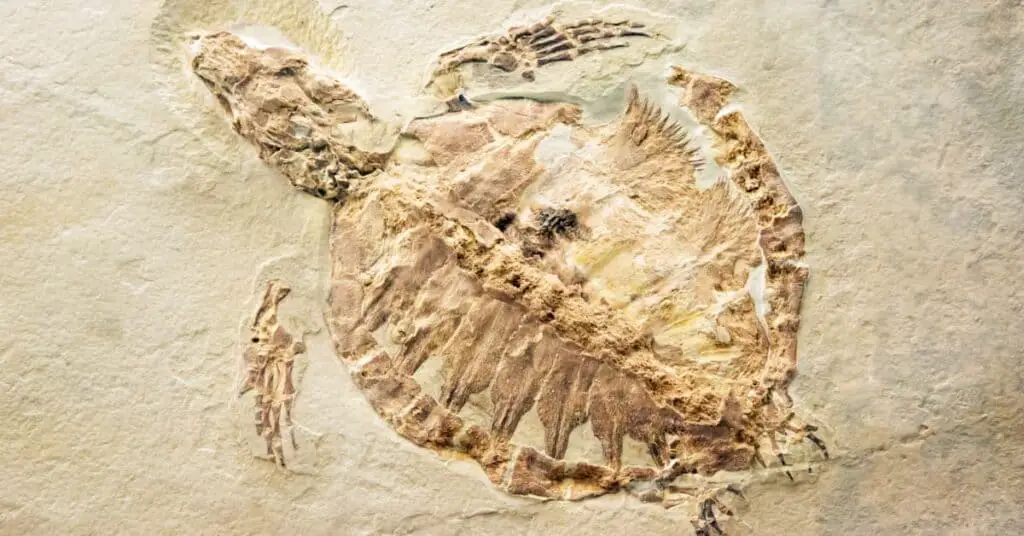Menu
Menu

Fossilized shark teeth, trilobites, meteorites, amber, and Native American artifacts are among the vast array of relics residing in the Aurora Fossil Museum. This museum keeps the tradition of Archaeology alive, by means of its fossil pits. In the fossil pits, anyone can dig for fossils and keep whatever hidden “treasure" they find. It can be anything from coral and small shells to 20-year-old shark remains. Basically, you get to own a little piece of history.
The Aurora Fossil Museum is a natural history museum based in the quaint town of Aurora, in Beaufort County, North Carolina. Home to an incredible collection of American artifacts, gems, meteorites, minerals and fossils; the museum is modest, unique, and attracts visitors from far and near. Little wonder it is recognized by TripAdvisor as a place worth visiting.
Founded in 1976, the museum is a non-profit education center where knowledge of paleontology is imparted to the public without neglecting the cultural and natural history of coastal North Carolina.
A major portion of the marine fossils on display in the museum come from the Nutrien Phosphate plant, a neighboring mine where a large portion of the specimens found date back to the early Miocene and Pliocene eras. Others are donated by individuals who share the goal of public enlightenment with the museum.
Founded in 1976 and opened in 1978 by the collective effort of the Aurora town, the Nutrien Phosphate plant (at that time, a part of Texasgulf company), the East Carolina University, and interested individuals. The museum was a means to introduce and educate the public on the scientific discoveries unearthed in the mine. Since that time, it has grown, adding a building to its complex in 2006 and another in 2010. It continues to provide education to the public on matters of geology, paleontology, and prehistory of the Aurora region.
This was originally built when the museum was established. It contains the:
As was inferred earlier, not all specimens in the museum come from the Nutrien Phosphate plant (also called the Aurora mine). Some are donated or gifted to the museums by benefactors who feel their collections should be available to the public for display. The Learning Center, adjacent to the Main Museum, houses a remarkable collection of geological materials: rocks, minerals, amber and the like. The center features:
This is arguably the most liked feature of the museum. Located across the street from the museum complex, the Fossil Park houses the two Fossil Pits where piles of fossil-rich soil donated by the Aurora Mine are deposited for visitors to screen the dirt and sand for their own take-home fossils. These pits provide visitors with the chance to play Paleontologist and discover their Miocene age specimens.
The museum is a non-profit resource center and as such, charges no entrance fee for access to its displays. One of the ways funds are generated for the museum is through donations, another is through sales at the Gift Shop.
For visitors who would like to buy souvenirs, a number of items available for sale in the Gift Shop include:
The museum boasts a rich and diverse collection of specimens that tells a vivid story about the history of coastal North Carolina, employing the sciences of paleontology, archeology, and geology to do so. Some of the items on display include:
Since May 1983, the museum has hosted an annual Fossil Festival to celebrate its anniversary, history, and the high fossil record of the Aurora region. Activities include:
For more information on the fundraiser, visit their webpage: Aurora fossil festival
The Aurora Fossil Museum in Aurora, Beaufort County, NC is a great place to visit. Kids and adults, laymen and professionals in the fields, are all invited to spend some time looking at the records of the past: the bones of ancient, awe-inspiring creatures long dead; tools and gears of prehistoric humans; rocks and minerals made by forces of the Earth from time incomprehensibly distant.
These specimens, provided by non-profit partners of the museum are on display to aid the museum in teaching visitors about the paleontological, geological and prehistoric history of coastal North Carolina. The museum is doing a great job of it.
Please check out our complete list of sites and other attractions in the Eastern North Carolina area in our main article here: The Historic Albemarle Trail.